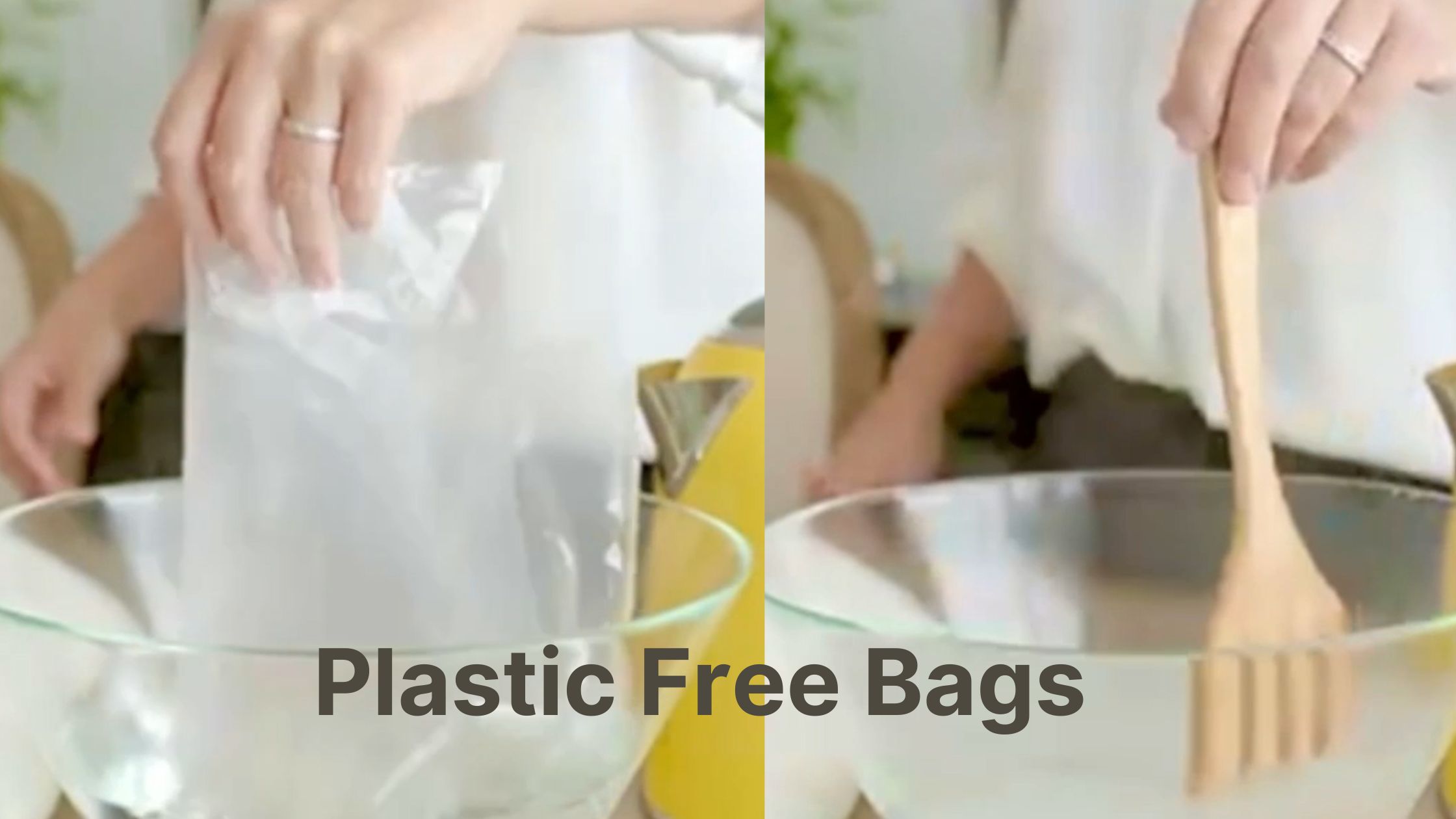Using a concrete vibrator, you may remove air bubbles and pockets from freshly poured concrete by giving it a good shake. This strengthens the concrete. A concrete structure is significantly weakened by air pockets. When dealing with concrete on commercial sites, driveways, walls, curbs, gutters, and construction joints, vibrating is essential.
A Concrete Vibrator: What Is It?
A equipment that comes in various sizes and shapes is a concrete vibrator. While some are compact, handheld devices that just use batteries, others need an electrical hookup. Typically, the apparatus consists of a vibrating motor, shaft, and head. To force air bubbles to the surface, a shaft is put vertically into the concrete and left there for around 15 seconds.
The Benefits Of Using A Concrete Vibrator
Concrete may include hundreds or even thousands of air bubbles while it is being poured, which can significantly impair the concrete’s structure. Concrete vibrators shake the freshly poured concrete ferociously to remove air bubbles. It is not only advised, but frequently required by construction codes, to use a concrete vibrator during a pour.
Concrete Vibrators: Types And Functions
Concrete vibrators can be powered by air or electricity and come in a variety of designs. Concrete vibration applications fall into three main categories:
Formwork vibration: This technique, which mounts the vibrators on the exterior of the concrete forms, is frequently employed in the construction of precast concrete structures. The exterior form vibrators are often placed six feet apart for bigger pours.
Surface vibration: With surface vibration, big vibrators—also referred to as “jumpers”—are manually aimed onto the concrete’s poured surface. This technique yields a smooth surface, which is particularly appealing when beauty is a priority, but it is only suitable for concrete slabs that are no deeper than six inches.
Internal vibration: The most often utilized kind of concrete vibrators are internal ones. It may be managed by a lone operator. The procedure is really straightforward: the laborer inserts a probe-shaped internal vibrator into the wet concrete as soon as possible, then gradually removes it.
How To Operate A Concrete Vibrator
How Much Time Does Concrete Vibrate?
The majority of concrete vibrates too little or incorrectly. When using an internal vibrator, the ideal method is to gently remove it—roughly one inch every second. More vibration is required as long as bubbles continue to appear after the concrete vibrator is withdrawn.
Sometimes, contractors may push workers to do this labor-intensive process “efficiently,” or fast, although doing so could cause a structural disaster once the concrete cures. In addition, if the vibrator is left in the concrete for an extended period of time, the water and aggregates will separate, affecting the concrete’s strength and appearance.
Prepare Before Pouring
It requires talent and expertise to vibrate properly. In the event that the first vibrator breaks down, have a backup concrete vibrator available. The concrete will not wait for you to fix broken equipment. To get the most out of the vibrator, place it vertically or almost vertically.
Additionally, avoid overly bending vibrators since this might damage them. Do not make the typical error of placing concrete using a vibrator as a tool. This may lead to various issues as well as an uneven surface.
Observe The Proper Usage Procedures
Before vibrating any further, be sure that no other coworkers have already vibrated those particular portions of concrete. Take the vibrator head completely submerged in the concrete and hold it there for ten seconds or longer. Wait until the tip is completely immersed before turning on the vibrator.
Lift the vibrator up no faster than three inches per second on average; most of the time, one inch per second works best. Each time you insert the vibrator, overlap the previous vibration radius. The radius of action is four times the diameter of the vibrator tip as a general rule of thumb. When the concrete surface starts to shine and air can no longer escape through the concrete, the vibration will stop.
Avoid Chilled Joints
Avoid pushing the vibrator too hard into the concrete as the reinforcing steel, or rebar, may catch it. To avoid cold joints, be careful to reach into previously installed concrete layers or lifts. The vibrator needs to be able to reach at least six inches into the top layer.
When a more recent layer of concrete is poured over an earlier layer that has sufficiently set and hardened to inhibit bonding between the two layers, a cold joint result.
Avoid Under-Vibrating
Take cautious not to undervibrate concrete with a low slump. The term “slump” describes a concrete’s workability level. Low-slump concrete needs more vibration since it is stiffer. For smaller tasks, think about utilizing a compact, lightweight vibrator. If you’d like, you can use self-consolidating concrete instead of vibration.



